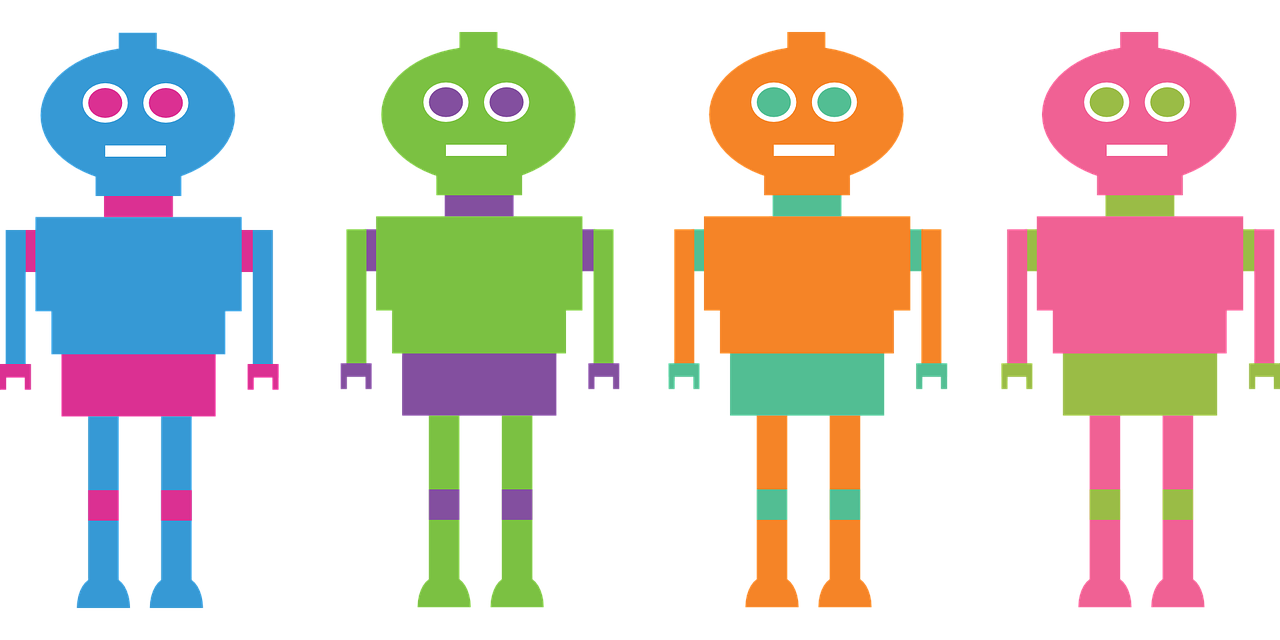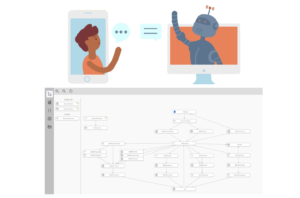Understanding Chatbots, Voice Assistants, and A.I. for the Church
When designing a user experience, we typically start by thinking about what a user will see and manipulate, the user interface, which is why you so often see “UX/UI” written as if they are one and the same. But they are different and it is important to understand this distinction before we talk about chatbots, voice and A.I. If we want to create the experience of getting from New York to San Francisco, the interface would be the means of transportation, the experience would be how the user feels about the means we offer. If our interface, or the means by which they accomplish the goal, is to A: ride on horseback for 18 weeks, or to B: sit casually in a Boeing Dreamliner for 6 hours while munching on pretzels and sipping orange juice (no ice please)… well, you can see the difference.
So let’s think about the best experience for a user to make a hotel reservation. Right now, someone would probably start with Google maps, looking at the primary address for their travel destination, add the dates of the trip, then go to looking at different hotel options nearby, compare prices and reviews. Then decide, and go to that hotel’s own site or a reservation 3rd party site. Then re-enter the dates, personal info, room selection, input credit card info, email, confirmation email etc. So overall, maybe 120 clicks, 40 or so pages to navigate and interpret, maybe just as many text boxes or drop-down menus to fill out. Sound about right?
Okay, now picture this, you send a message to a bot like this, “I need a hotel near the L.A. Convention Center for around a $100 a night, May 3–6.” Then you receive back a text like this, “No problem, here are a few options, this one is 6 blocks away, for $150 and a 3-star rating, this one is about a mile away for $110 and 4-star rating. Which do you prefer or do you want more choices?” As you can see the second scenario is more of a Boeing Dreamliner scenario.
What We Experience vs. What We Build
Why Chatbots Exist
The primary value that a Chatbot, Voice Assistant, or A.I. is offering to a user is the convenience, or rather, saving the user time. The new workflows are distinctly more efficient than what was previously available, which by the way, were hugely more convenient than what was available before Google Maps and Expedia existed. Can I get a shudder from anyone who remembers flipping through a phonebook? Thank you.
Essentially, the function is to offer a service that is both natural in its directness and enjoyable in its experience. Customer service in a store is a great example, you have a problem, or are looking for something, you just talk to the person behind the counter about the situation and they help you. The best experience is to just ask for what you need and have someone else do the work of figuring out (with their much higher context and expertise) what is relevant to that need.
Chatbots as a Christian
Now, in the Church, we have a bit of an issue in this space. We know people need Jesus. But most times, people don’t know that themselves or want to accept it if we offer it. So, while our intention is to do them the greatest service possible, and tell them that God loves them, it is not something they are looking for, so it serves them the way they expect or the way Chatbots are designed to serve them. It actually takes time away from what they want to be doing, to talk to us about a foreign world-view and belief system.
So, how do we serve people in a way that matters to them and bring along the message we want to share at the same time? Especially without it feeling like a bait and switch, which makes users feel betrayed. How do we authentically engage people around subjects they care about? How do we invite them into a story that compels them to ask some of the questions about life and purpose that the Bible answers? How do we build enough trust with a mindless bot, to offer a message of hope and love the user is willing to listen to? Is it even possible? I don’t know, but the potential seems too great not to try.
If you do try, do so with excellence, because if this is someone’s first experience with the gospel or a Christian, make it a good one. Test often, learn quickly and listen to your audience closely.
The author is Liam Savage, a Design Strategist at OneHope, an MMF partner. You can follow Liam on twitter @liamsavage.

